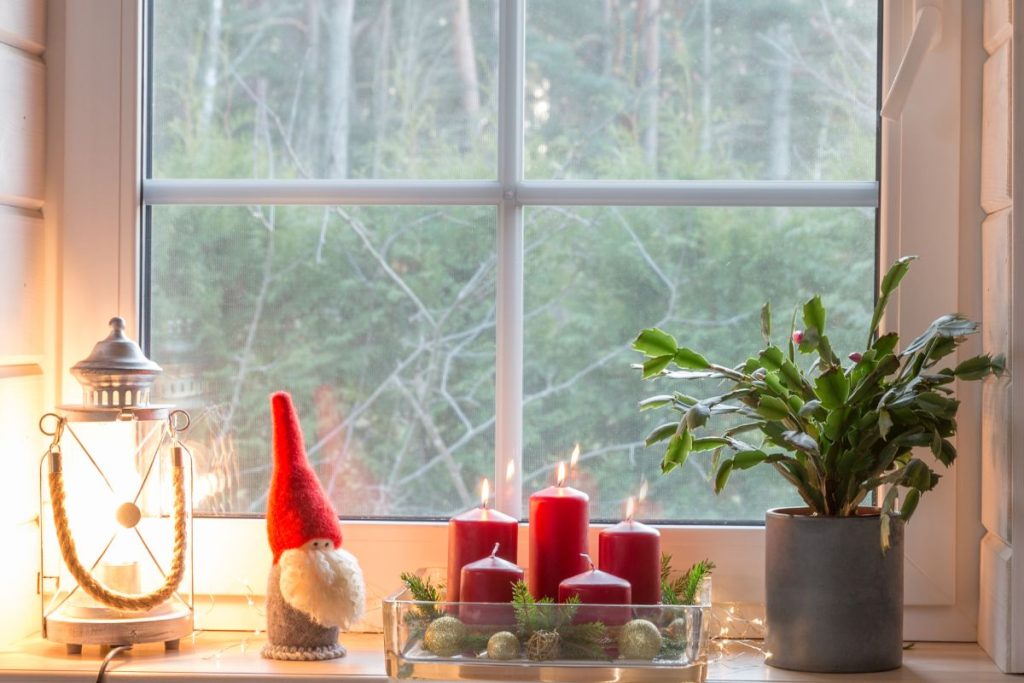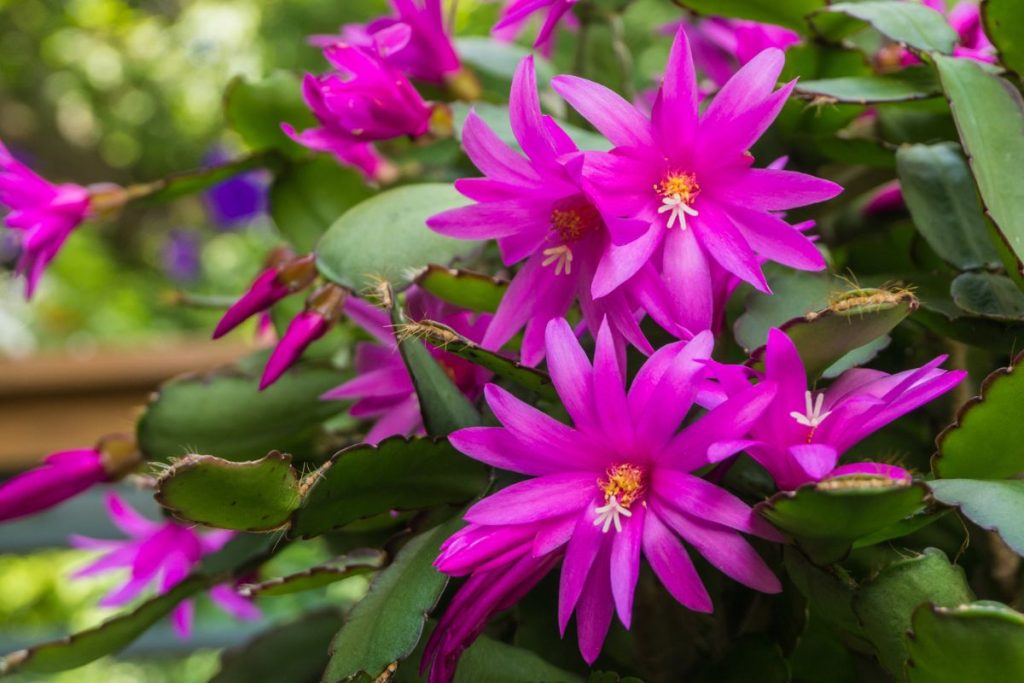Christmas Cactus Light Requirements: A Comprehensive Guide
Have you ever seen a Christmas cactus in full bloom during the holiday season? It’s absolutely stunning! But did you know that this unique plant requires some special care to make sure those vibrant blooms actually happen? In this post, we’ll be talking about one crucial factor: light. Specifically, we’ll discuss how much light a Christmas cactus needs to thrive and show off its beautiful flowers during the most wonderful time of the year.
Join us as we delve into the world of caring for Christmas cacti: from understanding their unique needs to providing the perfect lighting for Christmas cactus to ensure a spectacular blooming display during the holiday season.

How Much Light Does a Christmas Cactus Need?

Let’s take a closer look at how much light our lovely Christmas cactus needs. Unlike regular cacti, this special plant craves a different kind of attention. In fact, it has more in common with succulents. To make sure those beautiful blooms appear, we need to shower it with the right amount of TLC.
Our Christmas cactus is a real light enthusiast, but it prefers bright yet indirect sunlight. You see, direct sunlight can actually harm its delicate leaves and hinder its growth. So, the best spot for our cactus buddy is near windows facing East or North. If it happens to sit by a South or West-facing window, we’ve got an easy solution. Just use some semi-transparent curtains or any light-diffusing contraption to soften the sun’s rays.
Now, here’s a tip: keep our Christmas cactus away from drafts, heat vents, fireplaces, or any other sources of hot air. It’s not a fan of feeling too toasty! And if we decide to let it enjoy the great outdoors during summer, let’s find it a shady spot. We want our cactus to be comfy, after all.
But what if we’re keeping our Christmas cactus indoors and it’s not getting enough sunlight? No worries, there’s a nifty solution: a grow light! Even though our cactus pal can handle low-light conditions, it thrives and blooms more easily in bright and indirect light. So, if you don’t have a trusty grow light yet, we’re here to help. Check out our blog where we’ll guide you through the best ones on the market, narrowing down your search.
To sum it up, here’s what our festive friend needs when it comes to light:
- Bright, but indirect light is key.
- Ideally, near windows facing East or North.
- For South or West-facing windows, let’s use something to diffuse the sunlight.
- If the light indoors is lacking, consider using a grow light for Christmas cactus to give it a boost.
Read also:
Why are the leaves on my Christmas cactus limp?
Fertilizing Christmas cacti: A Comprehensive Guide
What Happens When There’s Not Enough Light?
Uh-oh! If your Christmas cactus isn’t getting enough light, it can lead to some common problems like dropping buds and leaves. So, besides other factors like temperature, humidity, and water, lack of sufficient light could be the culprit.
If your Christmas cactus just won’t bloom, it’s likely because it isn’t getting the right amount of light or the temperature isn’t ideal. To encourage those lovely blossoms, your plant needs around 8 to 10 hours of light and about 14 hours of darkness. With this routine, you can expect blooming to happen within about 6 weeks. Want an easy solution? You can think about using LED grow light strips for more convenient lighting.
When your cactus is outside, you have some control over how much light it gets by choosing the perfect spot in your garden. But indoors, don’t fret! There are grow lights available on the market that come with their own automatic timers. If not, you can always get a separate automatic timer to go along with your grow light setup.
Once your Christmas cactus finishes blooming (usually around fall) or about 6 to 8 weeks before you want it to bloom again, it’s time to let it take a nap. Yup, it needs a rest! During this dormancy period, you should reduce the amount of light, water, and temperature it receives. The trick here is to give the plant around 12 to 14 hours of darkness and keep the temperature at an average of 50 to 55°F (that’s 10 to 12°C).
When you start seeing those flower buds forming, it’s time to wake your plant up from its slumber. Increase the light and humidity to help it along. The dormancy cycle ends when your plant starts budding. At this point, it’s time to go back to your previous routine of higher humidity, more light, regular watering, and warmer temperatures. In simple words, get back to the routine you had a few months ago, and watch those beautiful blooms brighten up your day!
